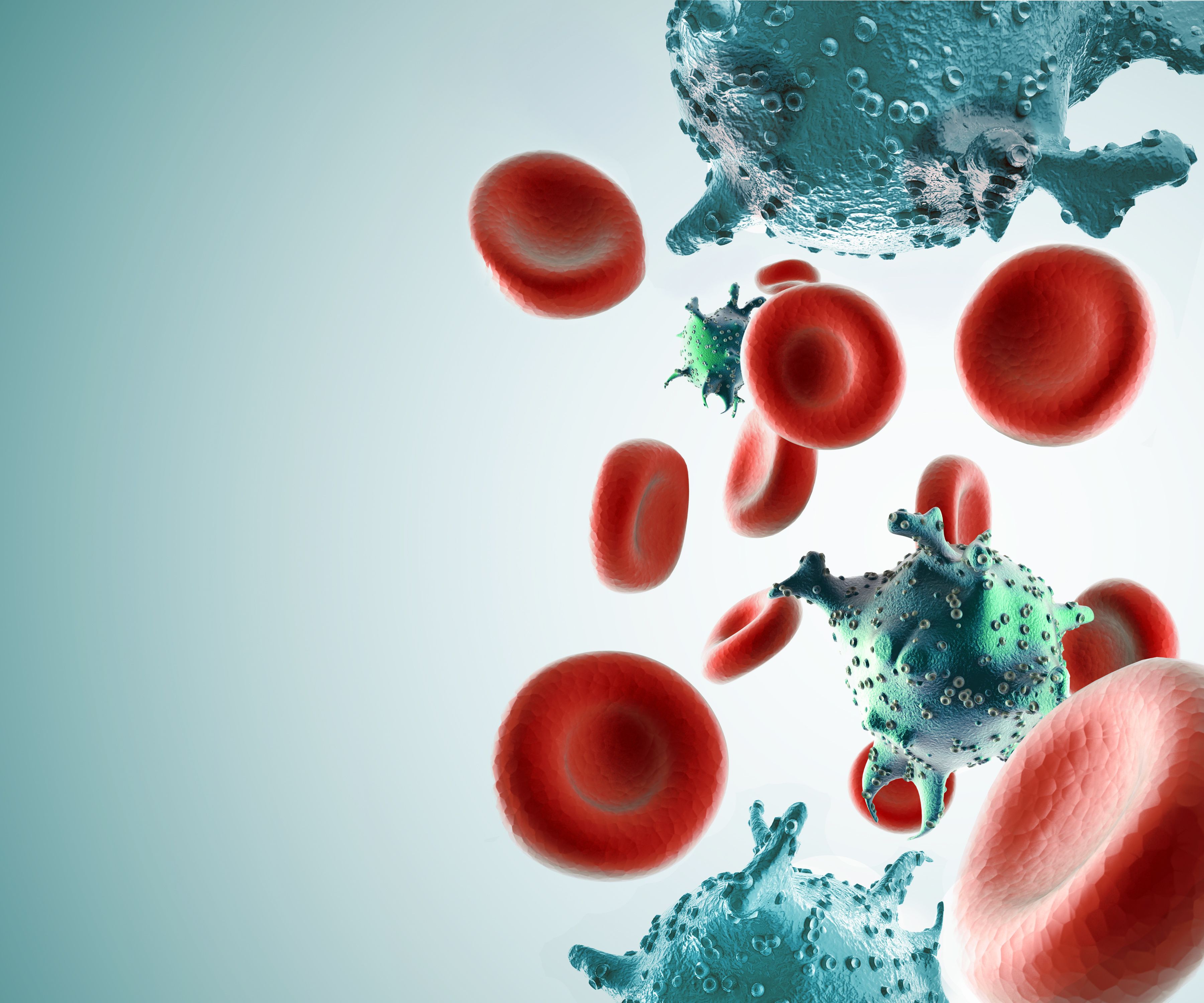Brentuximab Vedotin Improves Efficacy in Classical Hodgkin Lymphoma
Brentuximab vedotin led to unprecedented progression-free survival for patients with classical Hodgkin lymphoma.
Brentuximab vedotin led to unprecedented progression-free survival for patients with classical Hodgkin lymphoma.

Brentuximab vedotin (Adcetris) improved progression-free survival (PFS) outcomes vs chemotherapy in patients with stage IIB, III, or IV classical Hodgkin lymphoma, according to results from the GHSG HD21 study presented at the 2024 American Society of Clinical Oncology (ASCO) Annual Meeting.
The combination of BrECADD regimen consisted of brentuximab vedotin (Adcetris), etoposide, cyclophosphamide, doxorubicin, dacarbazine, and dexamethasone was noted as the BrECADD regimen. The comparator arm included bleomycin, etoposide, doxorubicin, cyclophosphamide, vincristine, procarbazine, and prednisone and was noted as eBEACOPP.
“Intensified chemotherapy offers better lymphoma control than less intensive treatment, however, this comes at a cost of more short- and long-term treatment-related adverse effects. [Regarding] the risk-to-benefit ratio, [there is] efficacy on one hand and tolerability on the other,” study author, Peter Borchmann, MD, of the University Hospital Cologne, Center for Integrated Oncology, said in a presentation of the data. “[Tolerability] is highly relevant in a young patient cohort with a high cure rate and a long-life expectancy.”
Of note, Borchmann mentioned that the average age of diagnosis for classical Hodgkin lymphoma is approximately 30 years old.
GHSG HD21 is an international, randomized phase 3 trial that was conducted in 233 treatment centers across 9 different countries. The trial included 1500 patients with classical Hodgkin (age range, 18-60) lymphoma who were randomized 1:1 to receive either 2 cycles of BrECADD or 2 cycles of eBEACOPP before undergoing interim PET/CT staging to determine if they had a complete metabolic response. Patients who were PET2 negative received 2 more cycles of the prescribed regimen, while those who were PET2 positive received 4 more cycles.
Findings showed that there was a lower rate of treatment-related morbidity (TRMB; defined as acute and severe toxicities related to treatment) in the BrECADD arm, at 42%, compared with the eBEACOPP arm, at 59% (P <.0001). This included:
- Reduction in red blood cell transfusions (24% vs 52% for the BreCADD and eBEACOPP arms, respectively).
- Reduction in the platelet transfusions (17% vs 34%, respectively).
- Only 1% of patients experienced grade 3 severe sensory polyneuropathy, and no patients experienced the adverse event at grade 4. Severe sensory polyneuropathy persisted after 1 year of follow-up in only 1 patient.
- Gonadal damage, as marked by FSH, fully recovered more frequently after 4 years in the BrECADD group than the eBEACOPP group in women (95.7% vs 73.4%, respectively) and men (86.6% vs 39.8%, respectively).
- Two out of 738 patients in the BrECADD group developed second primary myelodysplastic syndrome or acute myeloid leukemia.
At a median follow-up of 48 months, estimated 4-year PFS was also superior in the BrECADD arm compared with the BEACOPP arm, at 94.3% (95% CI, 92.6%-96.1%) and 90.9% (95% CI, 88.7%-93.1%), respectively (HR, 0.66; 95% CI, 0.45-0.97; P = .035).
The 48-month PFS rates for those who were PET2-negative after 2 cycles were 93.0% (95% CI, 90.5%-95.5%) and 96.8% (95% CI, 95.1%-98.5%) in the BEACOPP and BrECADD groups, respectively. For those who were PET2-positive, the 48-month PFS rates were 87.9% (95% CI, 83.5%-92.5%) and 90.4% (95% CI, 86.7%-94.3%).
Four-year overall survival was comparable between the two arms, at 98.5% with BrECADD and 98.3% with eBEACOPP.
The 4-year superiority observed with the BrECADD regimen was “unprecedented,” according to Borchmann.
“To conclude the overall risk-benefit ratio of PET2-guided individualized BrECADD is very good,” Borchmann said. “We therefore recommend BrECADD as a standard treatment option for advanced-stage classical lymphoma patients.”
Reference
Borchmann P, Moccia AA, Greil R, et al. Tolerability and efficacy of BrECADD versus BEACOPP in advanced stage classical Hodgkin lymphoma: GHSG HD21, a randomized study. J Clin Oncol 42, 2024 (suppl 17; abstr LBA7000). doi: 10.1200/JCO.2024.42.17_suppl.LBA7000